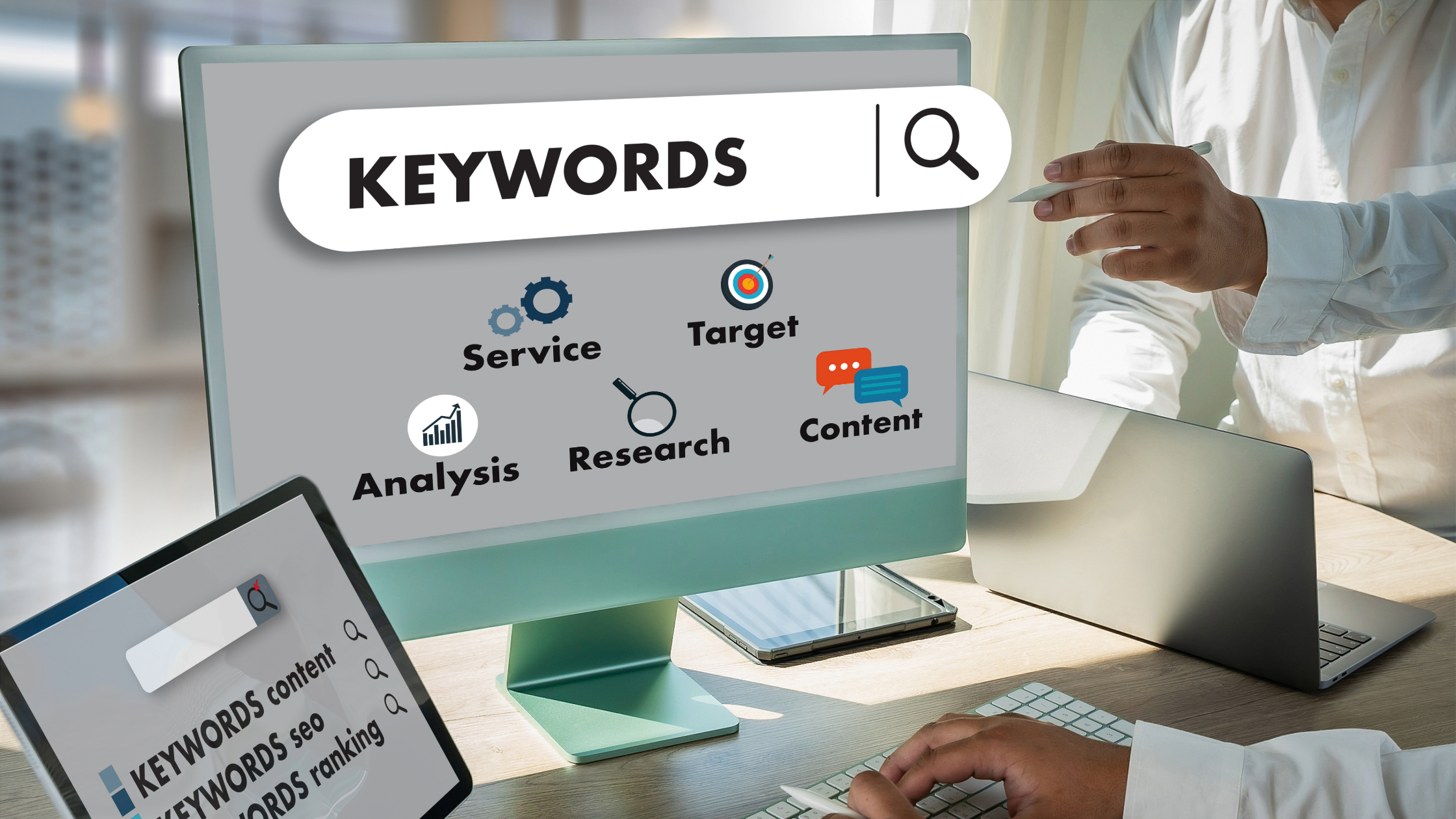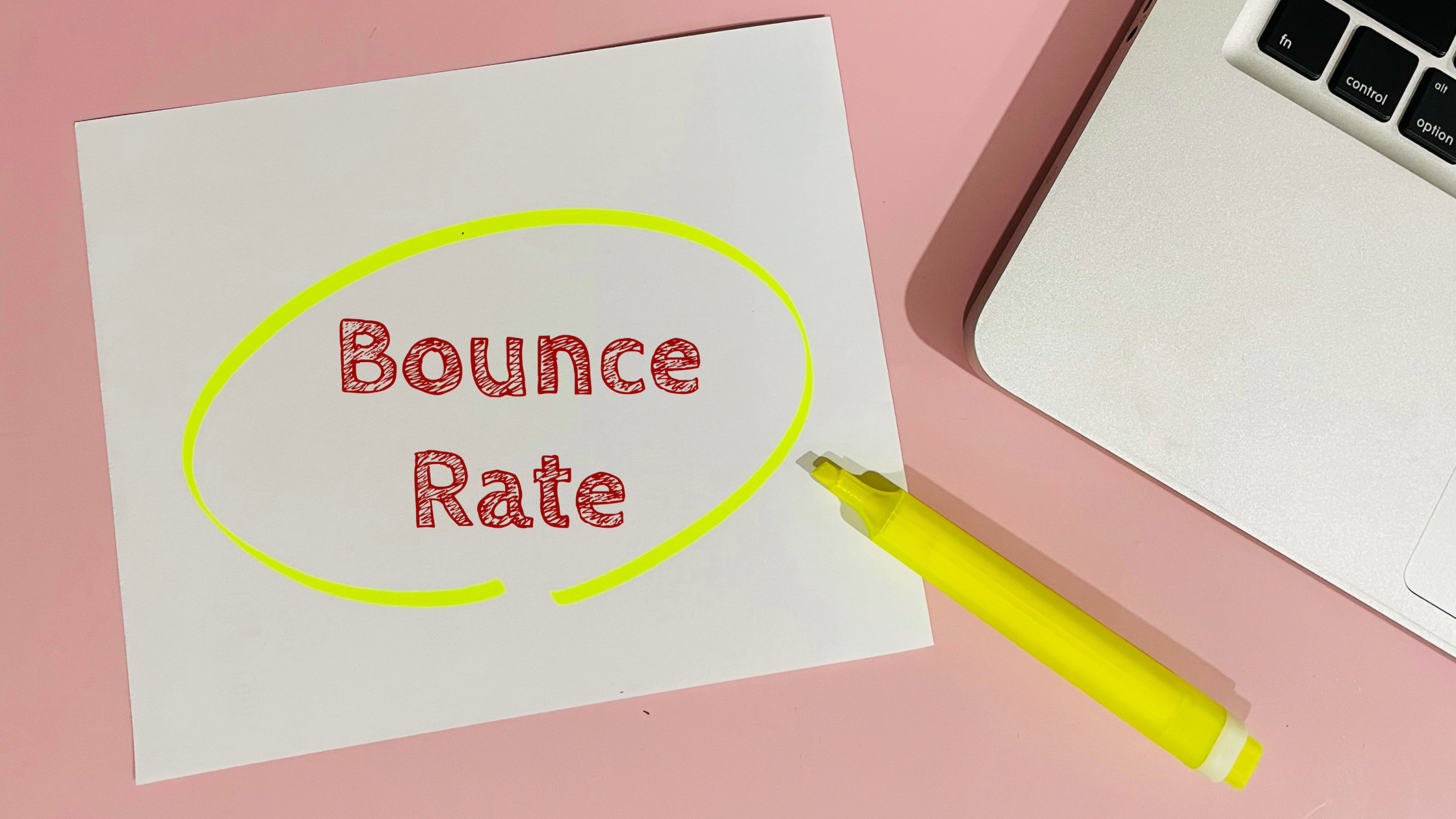Core Web Vitals in 2025 | What Matters Most Now?
If you’re still treating Core Web Vitals like a buzzword, it’s time to catch up. These metrics are not just another passing Google obsession—they’re a critical part of how your website ranks. In 2025, Core Web Vitals are more important than ever for SEO, and if you’re ignoring them, you’re handing your competitors an easy win.
What Are Core Web Vitals? A Quick Refresher
Core Web Vitals are a set of user-focused performance metrics that Google uses to measure your website’s user experience. They’re part of Google’s Page Experience update and are now a direct ranking factor. But what exactly are they?
- Largest Contentful Paint (LCP): Measures loading performance. Your main content should load within 2.5 seconds.
- First Input Delay (FID): Measures interactivity. Your site should respond to user actions in under 100 milliseconds.
- Cumulative Layout Shift (CLS): Measures visual stability. Your page should maintain a stable layout without unexpected shifts.
Why Core Web Vitals Matter More Than Ever in 2025
Google’s obsession with user experience isn’t going anywhere. In fact, it’s expanding. Core Web Vitals are how Google measures if your site is fast, responsive, and stable—all factors that directly impact user satisfaction. And a happy user means better SEO performance.
Here’s why they’re critical:
- Direct Ranking Factor: If your site doesn’t meet Core Web Vitals thresholds, it could lose rankings, even if your content is great.
- User Retention: A slow, glitchy site means people leave. High bounce rates send bad signals to Google.
- Mobile-First Indexing: Core Web Vitals apply to both desktop and mobile, but mobile performance has an even greater impact.
How to Check Your Core Web Vitals
Don’t guess—measure. Use these tools to check your site’s Core Web Vitals:
- Google PageSpeed Insights: Provides Core Web Vitals data for both mobile and desktop.
- Google Search Console: The Core Web Vitals report shows which pages pass or fail.
- Chrome DevTools: For real-time performance monitoring during development.
- WebPageTest: For deeper insights into what’s slowing you down.
Fixing Largest Contentful Paint (LCP)
LCP measures how quickly your main content appears. Slow LCP usually means your server is sluggish, your images are too large, or your CSS is bloated.
How to improve it:
- Use faster hosting and a CDN (Content Delivery Network).
- Compress images without sacrificing quality (try TinyPNG or Squoosh).
- Minimize CSS and JavaScript, removing unused code.
- Use lazy loading for images that aren’t visible right away.
Fixing First Input Delay (FID)
FID measures how quickly your site responds when someone clicks, types, or interacts. Delays are usually caused by heavy JavaScript.
How to fix it:
- Defer non-critical JavaScript (use async or defer attributes).
- Minimize JavaScript usage—don’t overdo plugins.
- Prioritize critical scripts and load them first.
Fixing Cumulative Layout Shift (CLS)
CLS is all about preventing annoying page jumps. If your text or images suddenly move as the page loads, that’s a layout shift.
How to prevent CLS:
- Set explicit width and height for images.
- Reserve space for ads or embeds to prevent layout shifts.
- Avoid dynamically injected content above the fold.
Are Core Web Vitals the Only Thing That Matters?
No—but they’re a big part of the puzzle. Google still looks at content quality, backlinks, search intent, and mobile usability. Core Web Vitals are just one piece of the SEO game—but a piece that can’t be ignored.
How to Prioritize Your Fixes
If you’re overwhelmed, start with the pages that drive the most traffic. Fixing Core Web Vitals for these pages first will give you the biggest impact. Use Search Console’s Core Web Vitals report to identify your worst offenders
news via inbox
Subscribe to get SEO Tips and Tricks directly in your inbox!








